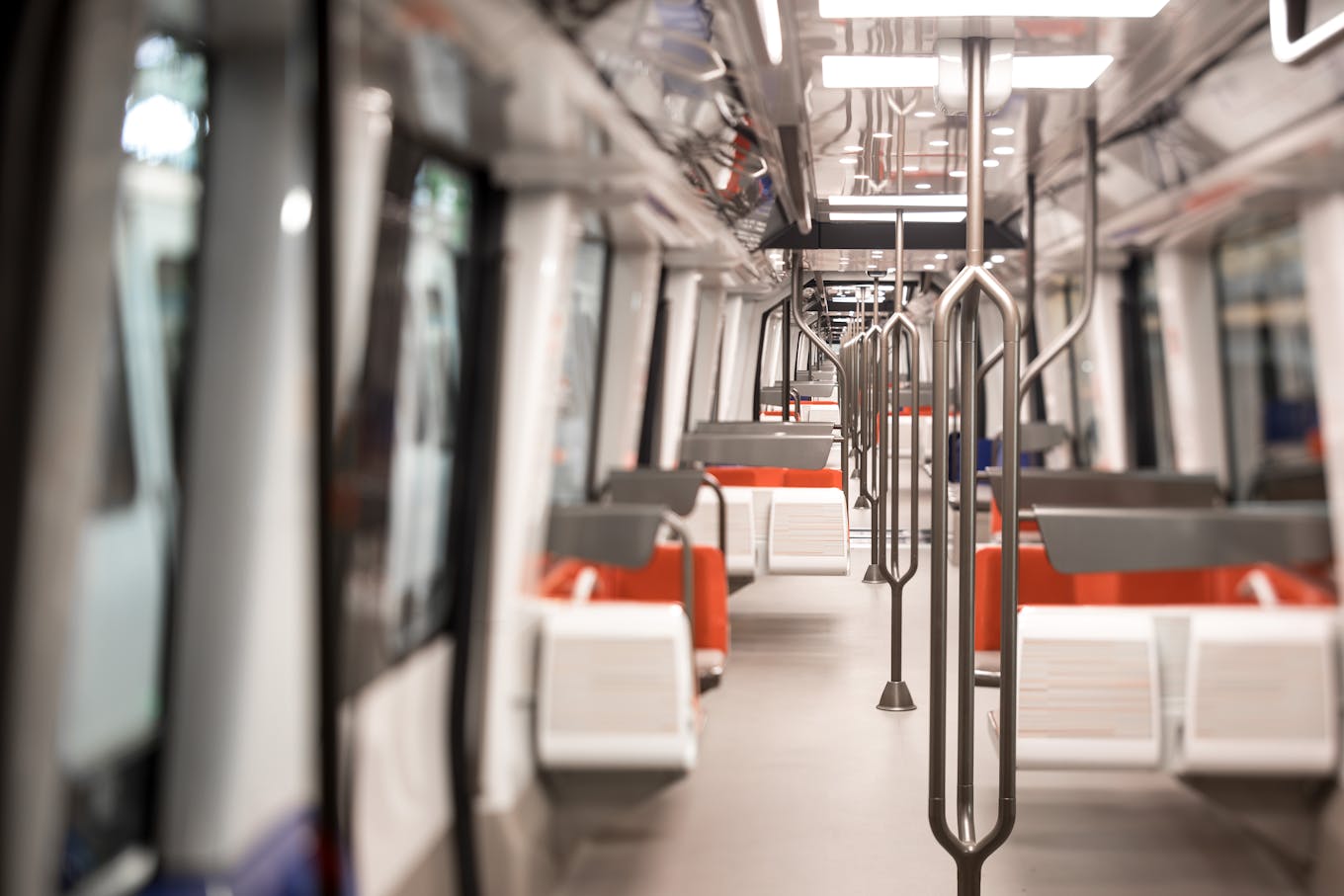
The Ile-de-France metro today
The 14 lines – including 2 automatic – that make up the network today serve Paris and the inner suburbs in Hauts de Seine (Lines 1, 3, 4, 10 and 12), Seine Saint-Denis (Lines 3, 5, 7, 9, 11, 14), Val de Marne (Lines 1, 7 and 8). In addition to these 14 lines, there are lines 3bis and 7bis. It has an annual attendance of 1,520 million trips.
The arrival of the new metros
To offer passengers quieter and more comfortable metros. The cars are refrigerated or air-conditioned and equipped with better information on board (light maps and audio announcements indicating the next station)... The trains on line 7 are being renovated, those on line 14 will be gradually replaced from May 2020 by longer trains of 8 cars (compared to 6 cars) and those on line 4 will be replaced by driverless shuttles (from the end of 2020). Those on line 11 will also be replaced by 5-car trains (compared to 4 cars) to meet the increase in traffic caused by the extension of the line to Rosny-Bois-Perrier (2023).
In addition, an order has been placed to replace the metros of 8 lines of the Ile-de-France network from 2024: lines 3, 3bis, 7, 7bis, 8, 10, 12 and 13.

The metro in practice
The metro schedules are extended: on weekdays, passengers can take the metros from about 5:30 a.m. to 1:15 a.m . On Friday and Saturday evenings, as well as on the eve of holidays, they run an hour later, until about 2:15 a.m . In addition, on New Year's Eve (December 31st), and the Fête de la Musique (June 21st), a large part of the network is open all night!
You can find the metro network map and the map of each line here: